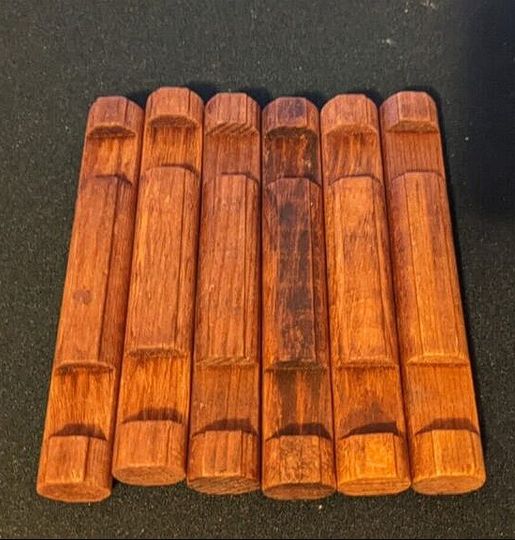Lincoln Logs, a beloved toy, came to life in 1916 thanks to John Lloyd Wright. He was the son of the famed architect Frank Lloyd Wright. John got his inspiration from the log cabin structures he observed during his travels. That’s how he came up with these interlocking wooden blocks resembling log cabins.
Initially, the Playthings Manufacturing Company made these logs. Eventually, the company merged with Hasbro. The simple design and educational value of Lincoln Logs made them very popular. Kids enjoyed building all sorts of structures while learning the basics of construction.
Usage of Lincoln Logs
Lincoln Logs are specially made to boost imaginative play and enhance spatial reasoning. Each set includes wooden logs in various sizes and shapes that fit together. Children can create cabins, forts, towers, or whatever else they dream up, promoting creativity and design skills.

In the early 20th century, Lincoln Logs were popular as educational toys both at home and in schools. They helped kids grasp basic engineering concepts and hone problem-solving and planning skills, as well as hand-eye coordination. Their simplicity and versatility made them fun for all ages.
Legacy of Lincoln Logs
Lincoln Logs have kept their charm and popularity over the decades, evolving only a little over time. Today, you might find plastic versions and themed sets, but the main design hasn’t changed.
These enduring toys are more than just nostalgic items; they have been a part of the childhoods of many generations. Celebrated in museums, toy collections, and educational programs, Lincoln Logs continue to inspire creativity and critical thinking in children. They reinforce the timeless value of such educational toys.
Lincoln Logs stand as a testament to the innovation of early 20th-century toys, continuing to educate and captivate young minds today. Their straightforward yet effective design shows how quality educational toys can have a lasting impact.




